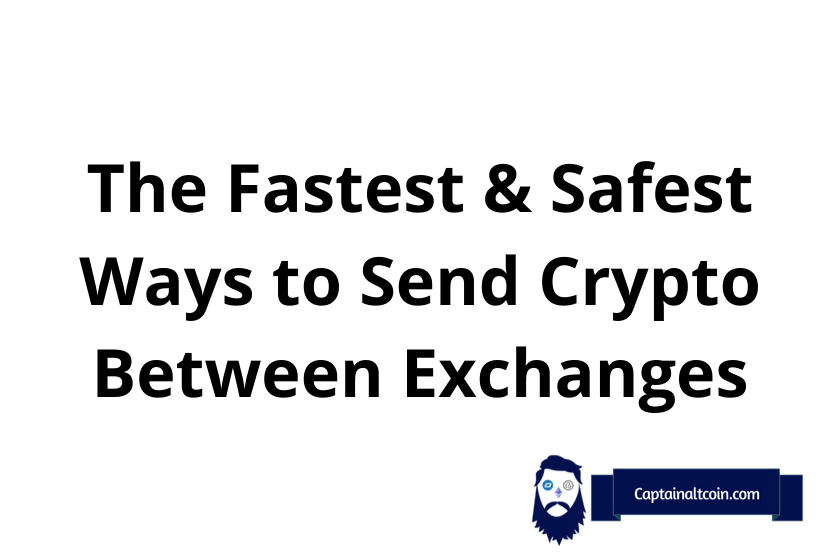
We need security, speed, and low fees when we send cryptocurrency from one exchange to another. Which of these is your top priority will depend on how much crypto you’re sending and where you’re sending it. Let’s take a look at the best options.
What you'll learn 👉
Why We Don’t use BTC & ETH AnyMore
Of the three criteria, the Bitcoin and Ethereum blockchains both excel in security. Speed can be an issue with both, although Ethereum wins that race. The problem with the Ethereum network is the cost, especially at the moment. If you’re sending tens of thousands of dollars, then the gas fees will be a small percentage of your transaction. If, like me, you tend to send a few hundred dollars at a time, then the typical gas fees become prohibitively expensive.
Alternative Coins and Tokens
Back in the day, I was faced with this exact problem and the best solution I found was Dogecoin. The fees were a fraction of a percent, and the final settlement of the transaction took less than a minute. This was in 2017 when Bitcoin network fees were expensive and CryptoKitties were swamping the Ethereum network.
In the four years that have passed, blockchain technology has progressed incredibly. There are much faster blockchains with much higher capacity that charge virtually nothing in fees. Of course, your choice will depend on the sending and receiving exchanges both listing the cryptocurrency. We shall consider the exchanges Binance, Coinbase, and Kraken as these cover the bulk of US-based retail trading volume.
| Network | Speed | Fee Estimate | Supported On (2025) | Best Use |
|---|---|---|---|---|
| XLM | 3–5 sec | <$0.001 | Binance, Kraken, CB | Fast low-fee |
| XRP | ~5 sec | ~$0.01 | Binance, CB, Kraken | Value transfer |
| TRC-20 USDT | <1 min | ~$0.01 | Binance, KuCoin, OKX | Stablecoin move |
| BEP-20 USDT | ~1 min | <$0.10 | Binance, Bybit, MEXC | Alt exchange |
| Solana | <5 sec | <$0.001 | Binance, Coinbase | USDC transfers |
| Arbitrum | ~1 min | <$0.10 | CB, Binance, Kraken | ETH + tokens |
| Base | ~1 min | <$0.05 | Coinbase | ETH/USDC via CB |
| Litecoin | 5–10 min | <$0.01 | Most exchanges | Low-volume move |
| ADA | ~10 min | ~$0.01 | Binance, Kraken, CB | Secure mid-size |
XLM
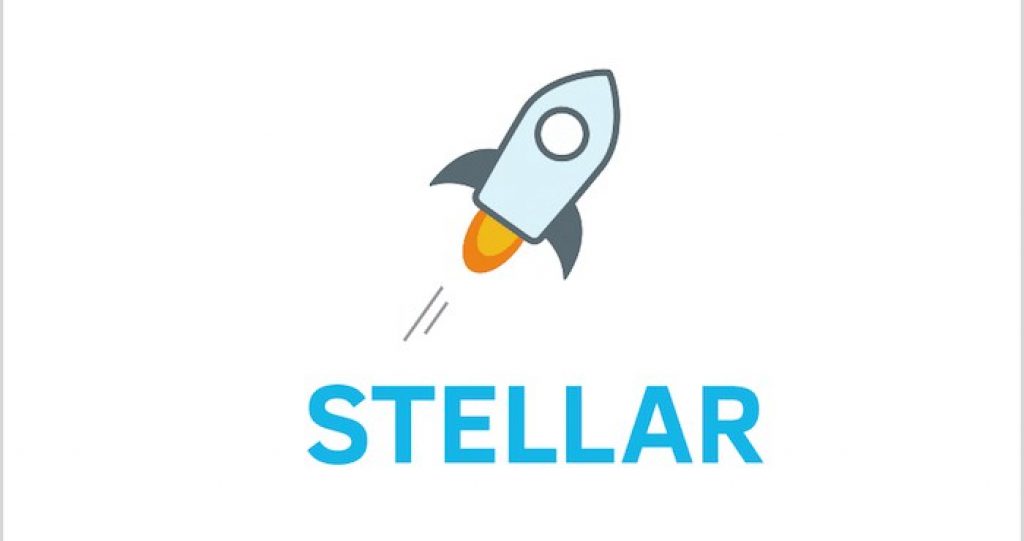
Stellar Lumens (XLM) has been around since 2014, and like most of the other cryptocurrencies on this list, its use case is transferring value. According to CoinMarketCap.com, XLM wanted to bank the unbanked and connect people left behind by the legacy financial system. Since then, it seems they have all grown up and acquired mortgages, healthcare, and children. They have shifted to assisting financial institutions to transmit value.
All three of our featured exchanges support the Stellar network, which has a standard network transaction fee of 0.00001 Lumens. With a current price of $0.37, you could make more than 25,000 transactions for one dollar. Effectively, XLM has no network fees.
The speed is great, taking three to five seconds for completion. You might have to account for the exchange running slowly in all the cases I discuss. On a good day, the Stellar network transfers the Lumens with effectively no delay.
Security is top-notch, and I can’t stress this enough. For moving a few thousand dollars between your exchange accounts, it’s fantastic. But, as with all crypto tokens, it’s a trade-off between the three considerations – Speed, Cost, and Security. XLM is super fast and super-cheap at the cost of decentralization and therefore security. I would not hold meaningful wealth on the Stellar network indefinitely.
XRP
The use case for XRP is also centered around money transfer so it should be one of the best ways to send crypto. XRP is now listed again on Coinbase following its partial legal win, making it one of the fastest and cheapest options available across major exchanges.
Super-cheap, super-fast, but super-centralized – it’s one of the best. Transactions clear within 2 minutes in my experience, and cost a few cents for a few hundred dollars. The fees could be less than the price fluctuation over the few minutes you wait for completion.
One interesting experience was sending XRP from Binance to HitBTC for an article I was writing. I couldn’t trade or swap my XRP on HitBTC, but the exchange wallet supported it. Strange – I could see it but I couldn’t use it. I send it straight back to my Binance account for a total of $0.43 in fees. The round trip took less than 5 minutes including panicking, understanding, and returning it to my Binance exchange wallet. XRP might not be in the spirit of decentralized cryptocurrency, but it works incredibly well.
Arbitrum: Ethereum’s Fast Lane for Cheaper Transfers
Arbitrum has grown into one of the most reliable Ethereum Layer 2 networks in 2025. If you’re sending ETH or stablecoins between exchanges that support L2 deposits (like Binance, Coinbase, or Kraken), this is a smart choice. Gas fees are typically under $0.05, and transfers settle within 1–2 minutes.
It’s not just about savings – it’s also about smoother UX. No more worrying about $20 gas spikes just to move a few bucks. Most major wallets and exchanges now have direct Arbitrum support, so there’s no need for manual bridging either.
Base: Coinbase’s Secret Weapon
Base is Coinbase’s own Ethereum Layer 2, and it’s gaining traction fast. Built using the Optimism tech stack, Base offers fast and super-cheap transfers – often under $0.03 – and integrates natively with Coinbase.
If you’re transferring assets to or from Coinbase, Base is a no-brainer. It’s optimized for speed, costs next to nothing, and benefits from Coinbase’s security model. Just make sure the other exchange also supports Base deposits (more and more are starting to).
In short: Base is built for moving ETH and USDC without headaches – and it just works.
Optimism: Smooth, Cheap, and Widely Supported
Optimism continues to be a favorite among Ethereum power users in 2025. Like Arbitrum, it offers fast and inexpensive transactions, and the ecosystem keeps expanding. USDC, ETH, and other tokens move across exchanges in under 2 minutes, with fees around $0.05 or less.
It’s also supported on all major wallets (like MetaMask, Rabby, and Coinbase Wallet), and top exchanges like Binance, OKX, and Coinbase have integrated L2 deposits directly.
Optimism’s performance is reliable, and if the exchange supports it, it’s one of the fastest and most cost-effective ways to move ETH-based assets.
Solana: Speed Demon With Rock-Bottom Fees
Solana is still king when it comes to pure speed and low cost in 2025. Transfers of SOL or USDC via the SPL standard are nearly instant – often under 1 second – and cost less than $0.001.
That makes it perfect for moving stablecoins between exchanges like Binance, Coinbase, Kraken, and Bybit – all of which now support Solana-based USDC.
Thanks to strong institutional backing and growing real-world adoption, Solana has cemented its place as one of the best chains for fast value transfers. If you’re looking for near-zero fees and don’t mind using a non-EVM chain, Solana is as good as it gets.
USDT on BSC or Tron Blockchain
I use the Binance Smart Chain (BSC) every day. It’s great – fast, cheap, and secure. This is how I transfer my BNB and BUSD, but also any BEP20 tokens I own. I thoroughly recommend the Binance Smart Chain and I use it as my first choice whenever it’s an option.
USDT has lost the respect of the crypto community after some bad PR mistakes. We all use USDC now but USDT still works like a dream. The fees are negligible and completion is within minutes. So what’s not to like? It’s secure from a transfer point of view, but I would be nervous about holding it long-term given the attention it receives from the authorities.
Despite controversy around centralization, TRON remains one of the most used chains for USDT transfers, especially in Asia and low-fee use cases.
ADA
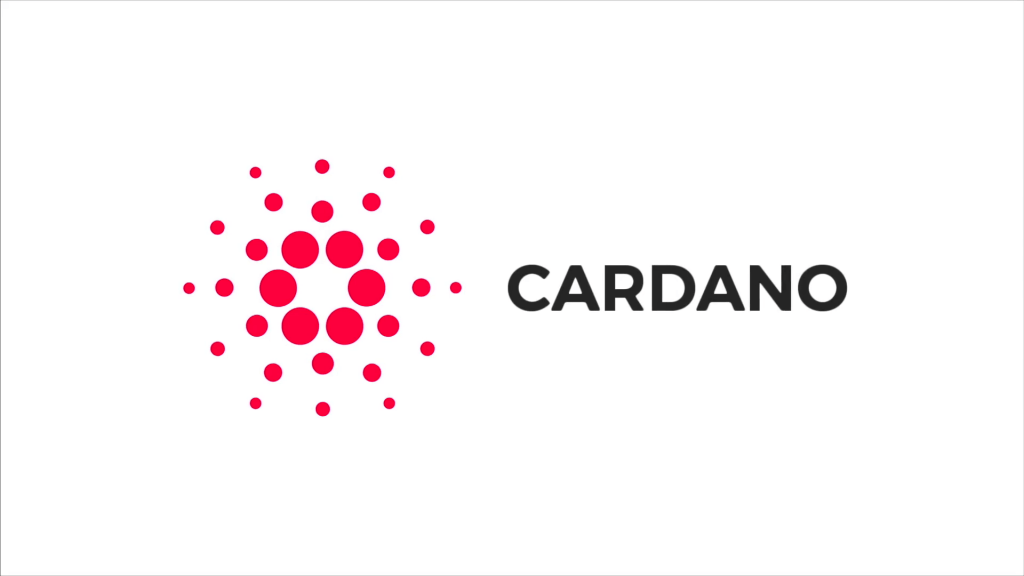
Charles Hoskinson’s multi-billion-dollar brainchild, Cardano network, is impeccable in its approach to research and development. This is what will make it succeed in the long term.
ADA is super-efficient as a vector for transferring value between exchanges, just like all the networks on the list. Almost universally supported by exchanges, it’s fast, virtually free, and remarkably secure. Definitely, one to hodl for the future, it’s a great way to move your crypto around without having to convert it first.
Transaction times are around 10 minutes, so it’s not the fastest network, but the fees are typically a few cents for any transaction size. I predict that Cardano will be around much longer than any of us, and I heartily recommend everything about it.
LTC
In contrast, LTC is thoroughly old-school but does that make it bad? Leaving aside Charlie Lee’s dumping of his LiteCoin bags a few years ago, you have to hand it to LTC, it’s stuck around forever. Litecoin is faster and cheaper in 2025 than it used to be, but still lacks the features and developer activity of newer chains.
This is a lot in cryptocurrency terms, representing about 0.45% for a $1000 transfer. You can expect to wait for 30 minutes for confirmation, which makes it slow. It just looks old-fashioned compared to the newer technologies.
How to Save on Crypto Fees?
Don’t buy your crypto on the exchanges with credit/debit cards, and look for a platform with lower fees. For example, Coinbase trading fees are a rip-off, but CoinBasePro fees are quite reasonable. Shop around.
Exchanges that have a native coin often give large discounts for trading fees if you hold their proprietary token. Binance discounts their already competitive fees if you hold BNB (Binance Coin) in your Binance exchange wallet. BNB has also turned out to be a great investment over the last few years.
A good exchange should charge little to nothing for withdrawing or depositing crypto. You should only be expected to pay the standard network fees. An honest exchange will make its profit from trading fees, not from administrative charges.
Conclusion and Thoughts
For most retail investors, avoiding the time and expense of the BTC and ETH networks as a transfer mechanism is a no-brainer. For very large transactions, it’s not an issue and the extra security provided by the larger networks is worth the lack of efficiency.
Recently a BTC transaction of 1.4 Billion dollars was sent from the US to East Asia for $15 and took 30 minutes to confirm. That’s amazing, but sending $100 for $15 fees in 30 minutes sucks.
Remember, it’s always a trade-off between Speed, Cost, and Security. I would use all the coins and networks in the list apart from Tron (TRX) and Litecoin (LTC).
Pro-Tip – If you’re using a cryptocurrency to send value between exchanges for the first time, send a small test amount first. Once you know it works, you can send the bulk of the crypto in a subsequent transaction. The fees are so low and the transaction times so short that it’s totally worth doing.
Read also:



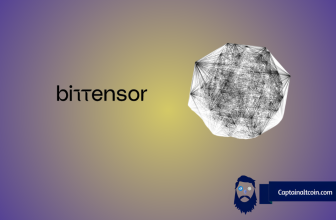
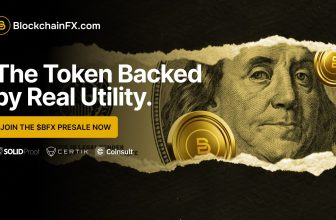
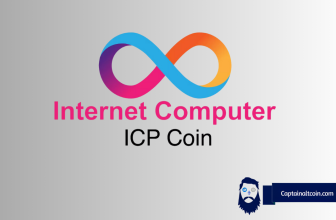
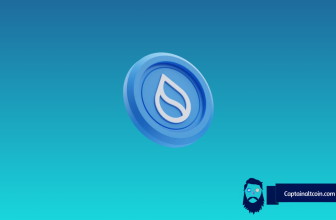


There should be a huge matrix that outlines the best ways to transfer between all of the exchanges. Such a pain to look them all up.